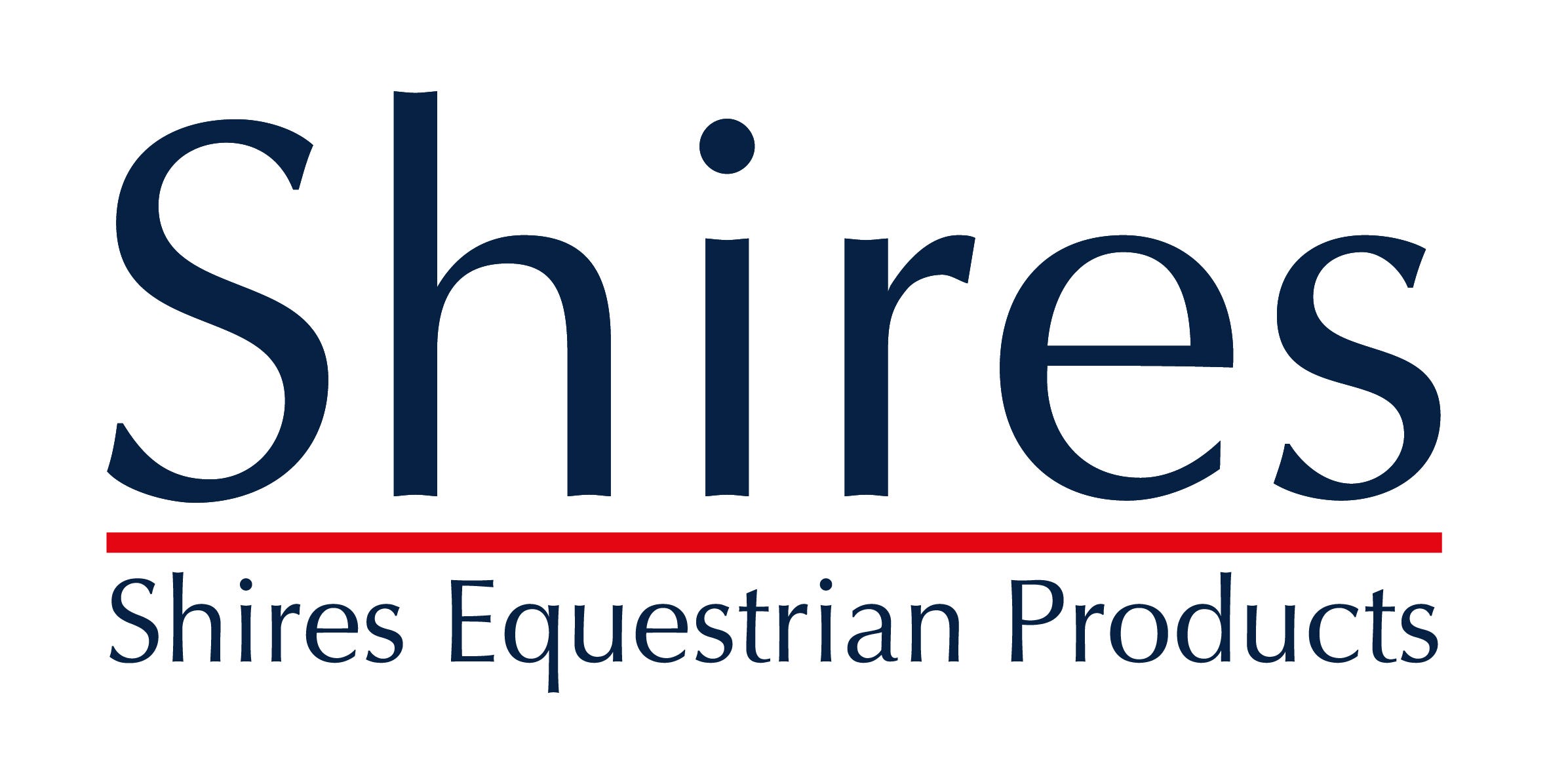Small holed hay and haylage net guide


In collaboration with Shires and SPILLERS®
When to use your small holed hay or haylage net:
Whenever possible it is best to allow your horse or pony to eat from the ground, however there are times when a small holed hay or haylage net may be beneficial as, for example, they:
- Reduce the amount of hay or haylage being trampled into your horse or pony’s bed
- Make weighing and monitoring intake of hay or haylage easier
- Support management during a weight loss diet, when forage has been restricted, by helping to extend eating time
Suggestions on how to use your small holed hay or haylage net:
- Fill your haynet with hay or haylage to the desired level
- Pull the drawstring rope so that the opening to the haynet closes. Ensure the knot in the rope is at the closing to the haynet
- Your haynet should not hang too high or too low to the ground, and should be at least one meter off the ground when hanging empty. It should never be above horse eye height when your horse or pony is standing in their normal resting position as this can cause neck strain and dust or storks may irritate their eyes.
- To hang your haynet, loop the rope through a secure ring or other form of attachment:. Loop the rope through the lower metal ring on your haynet. Pull the rope to draw it back up as much as possible and lift the haynet and then secure the haynet in position by knotting the rope with a quick release knot.
- Check that your haynet is still secured correctly and safely, frequently throughout the day.
- Ensure that your haynet is only filled with quality forage, for example do not feed forage if it contains the following:
- Visible dust, mould or fungus
- Smells mouldy or musty
- Contains weeds
- Is discoloured, brown, or grey
- Gives off strong odours
- Is warm or hot to the touch
Why is forage important?
- Horses and ponies have evolved as browsing herbivores, consuming a predominantly high fibre diet consisting of grass, herbs and shrubs. Today their main sources of fibre are hay, haylage and/or grass
- The primary function of over 65% of a horse’s digestive tract is the digestion of fibre.
- Low fibre diets are associated with digestive problems, such as gastric ulcers and colic. They also contribute to the development of stereotypies such as crib-biting.
How much to feed
- How much to feed depends on the quality of the forage as well as the individual circumstances but in general in order to maintain a healthy digestive tract a horse or pony will normally need to be fed above 70% of the overall diet as forage
- The nutritional value of both haylage and hay can vary considerably, in particular the moisture, protein, water soluble carbohydrate (WSC), fibre content, digestibility, and how much energy it can provide. If your horse or pony is healthy, then feeding ad lib is recommended, however if your horse or pony requires a restricted diet or suffers from a clinical condition, then it is always recommended to get your forage analysed.
Get your forage analysed
- Don’t judge your hay or haylage based on appearance alone, as older or poorer looking hay or haylage doesn’t necessarily mean it is less nutritious. Hay and haylage can still be high in WSC, which represents simple sugars plus fructans (the storage form of sugar), regardless of, its age or appearance.
- For overweight horses or ponies, a WSC below 10-12% is recommended and for those with clinical conditions such as laminitis, a WSC below 10% is recommended. Soaking hay for 12-16 hours in tepid water has been shown to be the most effective method of reducing WSC, however in hot conditions soaking for extended periods can increase the microbial load of the hay, therefore if soaking during the day in warmer conditions, then soaking for 3-6 hours may be more appropriate. It is important to note, that you can’t guarantee your forage is suitable for laminitics unless you have it analysed. Haylage should not be soaked, therefore it is not recommended for horses or ponies that are prone to laminitis. If you would like your forage analysed then please contact the SPILLERS Careline on 01908 226626.
Scientific evidence proves their effectiveness
The number of obese horses in the UK is growing and it’s estimated that over 50% of leisure/pleasure horses and ponies could be classed as overweight or obese1. Weight loss programs may require restriction of forage, which unfortunately can leave a horse or pony for extended periods without any food. Research conducted by the WALTHAM® Equine Studies Group in collaboration with Andrea Ellis of Nottingham Trent University, now director of UNEQUI LTD, showed that:
- Stabled horses and ponies often finish their forage in the early evening and then spend the entire night without food,
- Shires Equestrian haylage nets slowed down forage intake by increasing chewing time (increased chews per minute)2
For more detailed advice on using haynets for weight management and the feeding of high fibre diets, call the SPILLERS® Careline on 01908 226626
- Wyse CA, McNie KA, Tannahil VJ et al. Prevalence of obesity in riding horses in. Vet Rec 162; 590-591, 2008
- D. Ellis, M. Fell, K. Luck, L. Gill, A. Gregory, P. Harris; Effect of forage presentation on feed intake behaviour in stabled horses; Forages and grazing in horse nutrition, EWEN 2012, Wageningen Academic Press,p181
